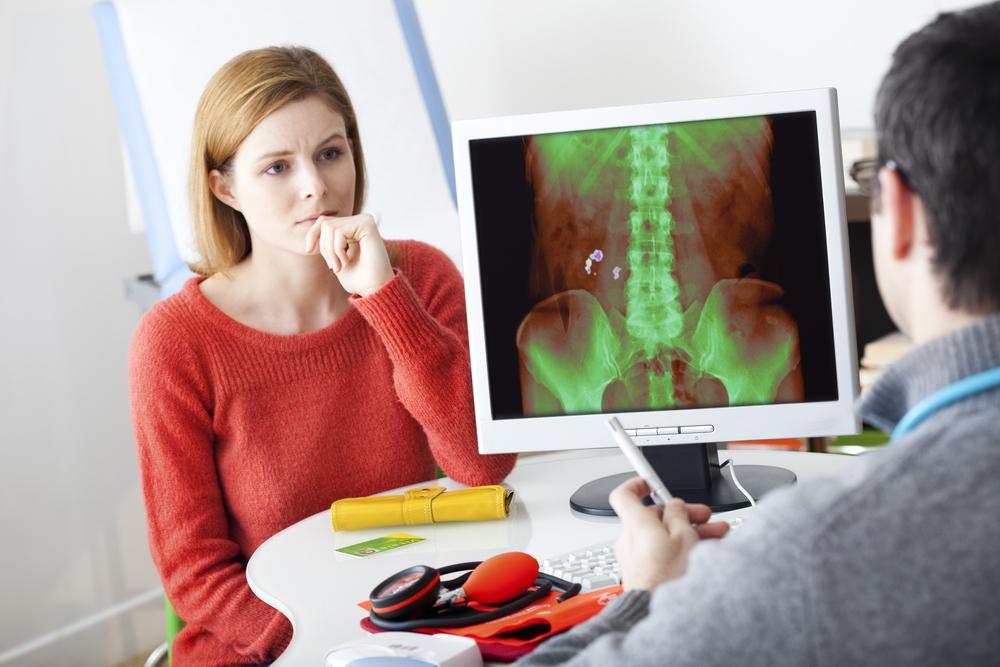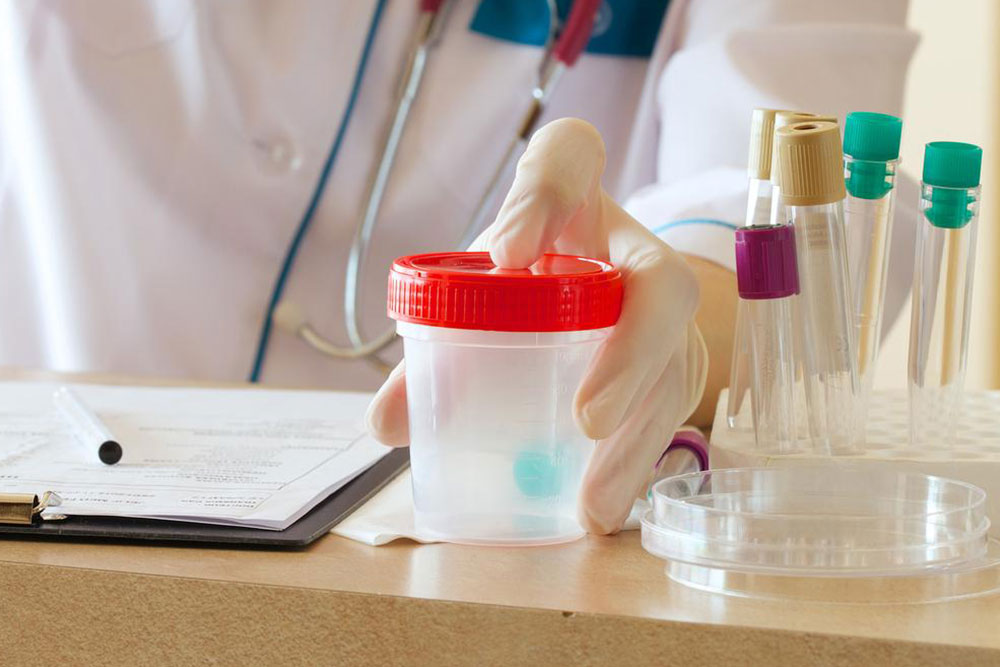Comprehensive Guide to Kidney Cysts: Understanding Causes, Symptoms, and Effective Treatment Strategies
This comprehensive article explores kidney cysts, covering their causes, symptoms, diagnostic methods, and treatment options. It emphasizes the importance of early diagnosis and tailored management, especially for larger or symptomatic cysts. Learn about simple cysts versus polycystic kidney disease, recognizing symptoms, and the minimally invasive procedures available for treatment, helping individuals make informed decisions about their kidney health.

Comprehensive Guide to Kidney Cysts: Understanding Causes, Symptoms, and Effective Treatment Strategies
Kidney cysts are fluid-filled sacs that develop on the kidneys—vital bean-shaped organs responsible for filtering blood, removing waste, and balancing body fluids and electrolytes. These cysts can occur as single formations or multiple cysts on both kidneys. While many kidney cysts are benign and asymptomatic, their presence requires careful monitoring, especially if they grow larger or become infected, as they can lead to discomfort or impair kidney function. This comprehensive guide explores the causes, symptoms, diagnostic methods, and various treatment options available for kidney cysts, helping individuals understand their condition better and seek timely medical intervention.
Kidney cysts are common, especially among older adults. Some individuals may have these cysts discovered incidentally during imaging tests performed for other health concerns. Generally, simple cysts are harmless and do not interfere with kidney function. However, in cases where cysts enlarge, rupture, or become infected, they can cause significant health issues. People with a family history of kidney disease, particularly polycystic kidney disease, are at increased risk of developing multiple cysts that can ultimately impair renal function.
Knowing the different types of kidney cysts is essential for understanding potential health implications. The two primary types are:
Simple kidney cysts: These benign cysts contain clear, watery fluid and are usually asymptomatic. They tend to remain stable over time and often require no treatment unless they cause symptoms or complications.
Polycystic Kidney Disease (PKD): This hereditary condition is characterized by the growth of many cysts on the kidneys. PKD can progressively damage the kidneys, leading to chronic kidney disease or failure if left untreated.
Recognizing Common Symptoms
While simple kidney cysts often cause no symptoms and go unnoticed, certain signs may appear if cysts grow in size, become infected, or rupture. Awareness of these symptoms can aid in early detection and management:
Fever, especially if related to an infection
Persistent or intermittent abdominal discomfort or swelling
Frequent urination or urgency
Back or flank pain, often on one side
Dark or blood-tinged urine, indicating possible bleeding or infection
Causes and Risk Factors of Kidney Cysts
The development of kidney cysts can be attributed to various factors. Small tubules within the kidneys responsible for urine transport can become blocked or swollen, leading to fluid accumulation and cyst formation. Aging naturally increases susceptibility, as tissue degeneration occurs over time. A hereditary component is significant in polycystic kidney disease, which results from genetic mutations affecting kidney development and function. Other factors influencing cyst formation include environmental exposures, metabolic conditions, and certain infections.
To accurately diagnose kidney cysts, healthcare professionals typically recommend a combination of blood and urine tests along with imaging studies. The main imaging modalities include:
Computed Tomography (CT) scan
Magnetic Resonance Imaging (MRI) scan
Ultrasound examination
These diagnostic tools help determine the cysts’ size, number, and whether they are benign or potentially malignant. Small cysts that remain stable usually do not require treatment, but larger or symptomatic cysts may necessitate procedural intervention.
Treatment Options for Kidney Cysts
Management strategies depend on the size, number, symptoms, and whether the cysts are causing any complications. Many simple cysts require only regular monitoring through imaging to observe any changes. For cysts that enlarge or cause discomfort, several minimally invasive procedures are available:
Sclerotherapy: This procedure involves draining the cyst with a fine needle under imaging guidance to remove accumulated fluid and sometimes injecting a sclerosing agent to prevent recurrence.
Surgical Removal: Larger or complicated cysts are generally removed via minimally invasive laparoscopy, performed under anesthesia. This approach minimizes recovery time and associated risks.
It is crucial to differentiate kidney cysts from kidney stones, as misdiagnosis can lead to inappropriate treatments. Accurate diagnosis by a qualified healthcare professional ensures appropriate management tailored to the individual’s condition. If you experience symptoms such as pain, blood in urine, or signs of infection, prompt consultation with a healthcare provider is essential for proper assessment and intervention.





